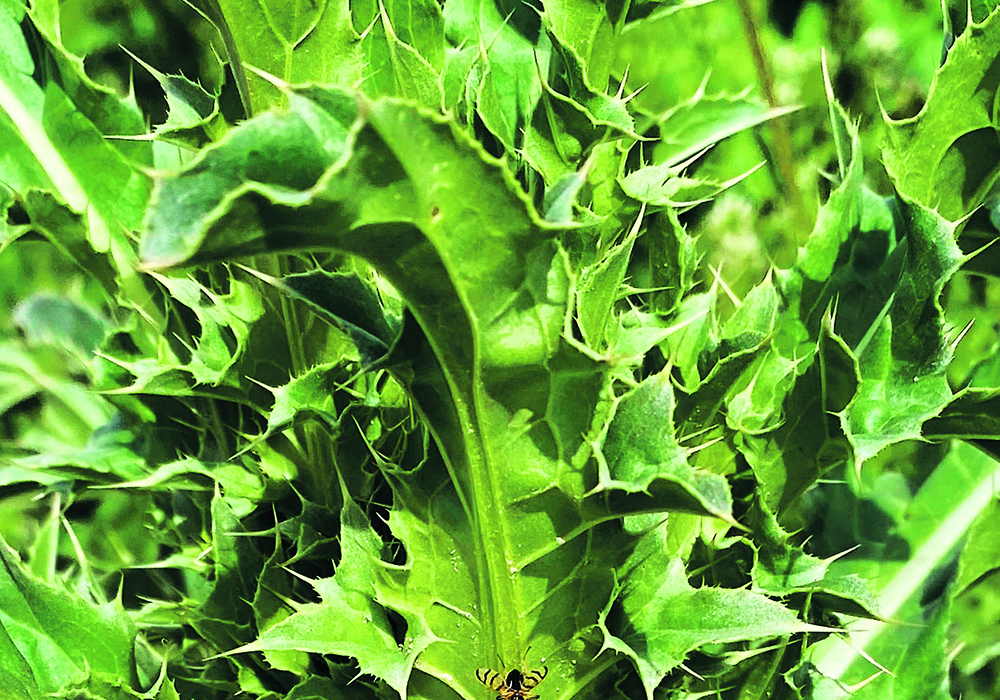Portulaca orleracea often fails to distinguish itself in wetter years from other, larger and more aggressive weeds.
However, in dry years the succulent shows off its ability to retain and seek moisture for survival.
The weed, also known as purslane, pursley, pussley and duckweed, is popular in other parts of the world as an ornamental plant and for use in salads.
However, it has become a common weed in North America since its introduction in the past 500 years.
Its six to eight millimetre leaves are attached to strong, thick, reddish coloured stems.
Read Also

Pakistan reopens its doors to Canadian canola
Pakistan reopens its doors to Canadian canola after a three-year hiatus.
The plant creates a mat on the ground up to 25 centimetres across.
The yellow flowers come out on sunny mornings in July and are six mm wide.
The weed doesn’t like competition from crops or other weeds.
As a result, it looks for open ground on which to flourish, such as unplanted acres, in row crops or where a wide crops spacing isn’t well canopied.
Seeds can survive for a long time in the soil and are able to take advantage of growth situations when they occur.
Group 4 herbicides such as 2,4-D are effective at higher rates of .4 to .6 litres per acre of 600 grams of active ingredient per litre amine or .34 to .53 litres of 700 gram per litre as an ester formulation.
Groups 9 and 10 will kill the weed in herbicide tolerant crops.
Cultivation can be effective, but because of its ability to store water and energy reserves, it can re-root itself or live out of the soil to finish seed production if control takes place in early August.














